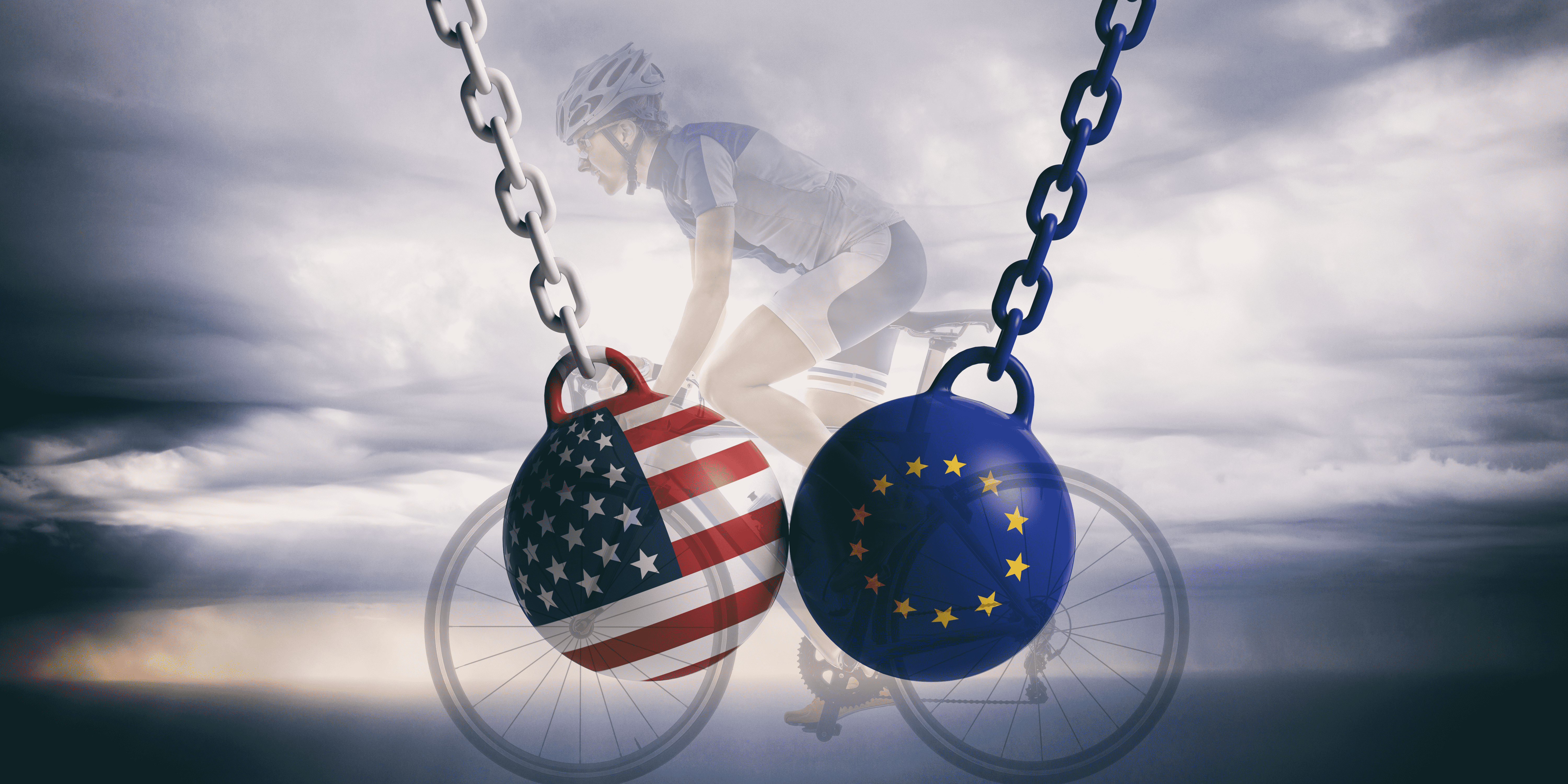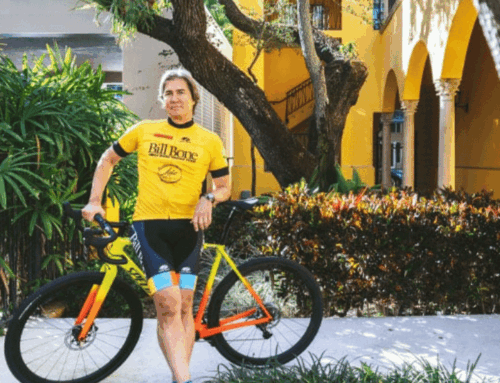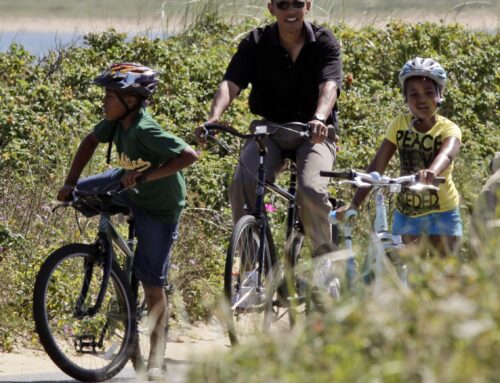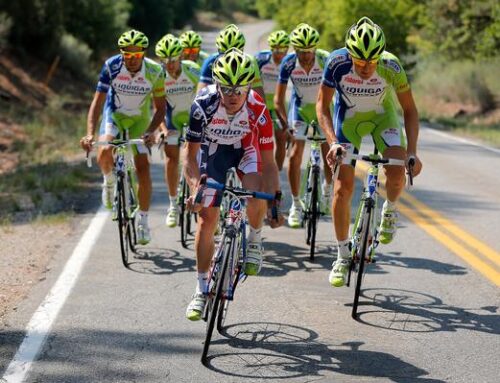The perception that cycling on U.S. roads in general is more dangerous than riding on roads in Europe has been a topic of discussion and research for at least the past couple of decades. The issue has garnered more attention than usual the past couple of months after The New York Times published an article in late 2022 discussing the transatlantic disparity.
Prior to the 2000s, the U.S. wasn’t really an outlier in terms of traffic safety among developed
countries. But starting in the 2000s, “[o]ther countries started to take seriously pedestrian and
cyclist injuries … and started making that a priority in both vehicle design and street design – in
a way that has never been committed to in the United States,” according to Yonah Freemark of
the Urban Institute.
Prior to the 2000, the U.S. wasn’t really an outlier in terms of traffic safety among developed countries. But starting in about the 2000, “Other countries started to take seriously pedestrian and cyclist injuries … and started making that a priority in both vehicle design and street design – in a way that has never been committed to in the United States,” according to Yonah Freemark of the Urban Institute.
The primary reasons cited for the unusually hazardous state of affairs on U.S. roads compared to those in Europe include:
- Lack of bike lanes and dedicated cycling infrastructure: In the U.S., many roads are designed for high-speed motor vehicle traffic, and there are often very few dedicated bike lanes or riding paths for cyclists. This forces cyclists to share the road with motor vehicles, thereby increasing the risk of crashes.
- Speed: U.S. roads are often designed for high-speed travel, which can make it difficult for drivers to see and avoid cyclists. Also, higher speed limits mean that crashes are more likely to result in serious injury or death.
- Urban design: U.S. cities are often sprawling, with little dedicated cycling infrastructure and few opportunities for cyclists to separate themselves from motor vehicle traffic.
- Vehicle-centric culture: In the U.S., the motor vehicle is king (and typically larger than their European counterparts), and many drivers view cyclists as an annoyance who don’t belong on the roads. This frequently leads to a hostile and dangerous riding environment for cyclists where drivers are less likely to yield to cyclists or share the road safely with them.
- Lack of helmet laws: In many states, there are no laws requiring cyclists to wear helmets. Although helmets can reduce the severity of head injuries in the event of crash, they are not a substitute for safe infrastructure, road design, and safe riding habits.
It’s an unfortunate reality that cycling on U.S. roads is dangerous. According to the Centers for Disease Control and Prevention, nearly “1,000 bicyclists die and over 130,000 are injured in crashes that occur on roads in the United States every year.”
But it doesn’t have to be like this. It’s vital for all members of the local cycling community and those who care for them to begin reaching out to government officials about the urgent need for bicycle infrastructure installation and upgrades throughout Palm Beach County. We shouldn’t have to literally risk our life each time we take to the streets on a bicycle; we shouldn’t be getting injured and killed doing what we love! To our fellow cyclists, please channel that same passion you have for riding towards convincing our local leaders to approve and fund these life-saving infrastructure projects immediately. Your life and those you care for literally depend on it.







Leave A Comment